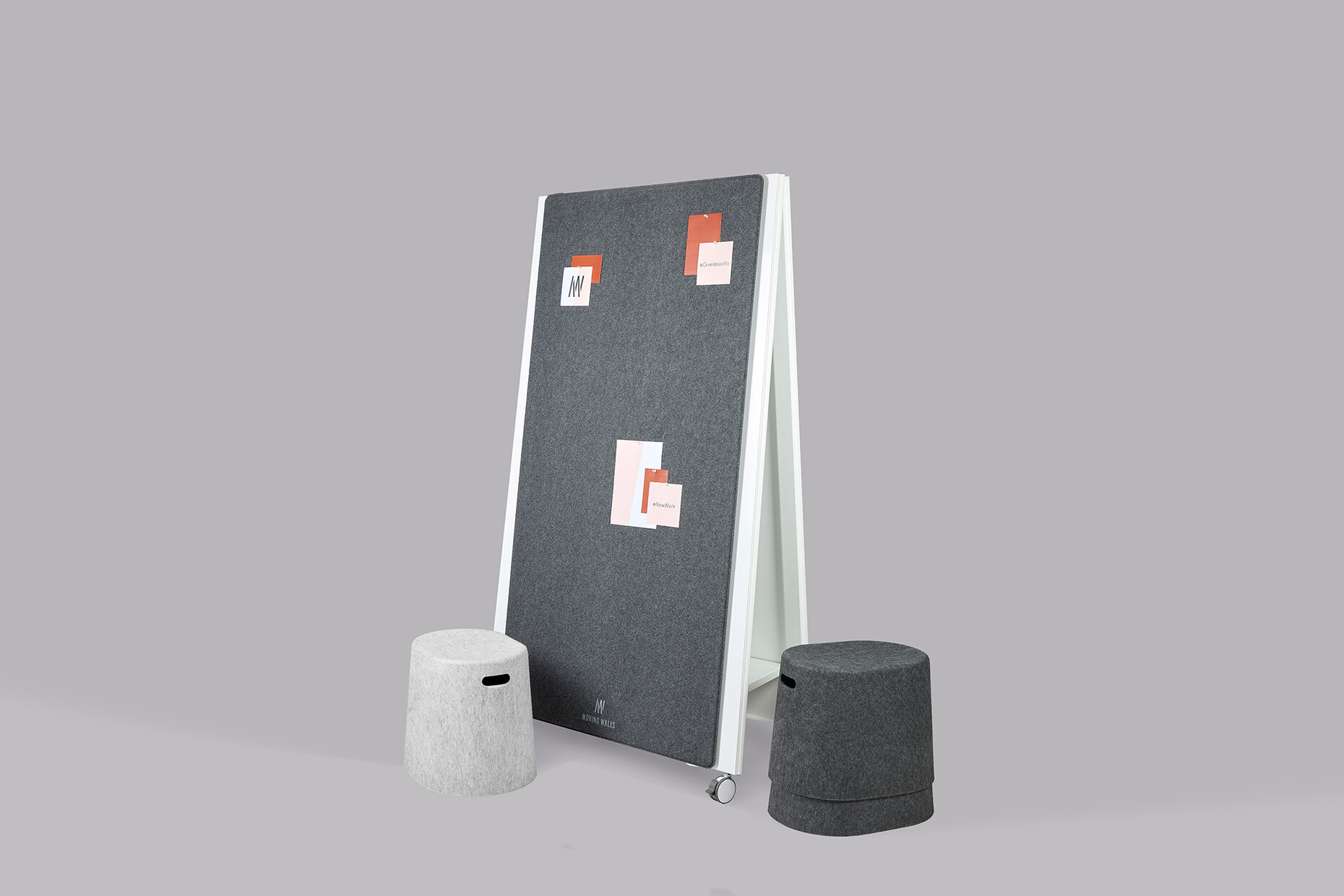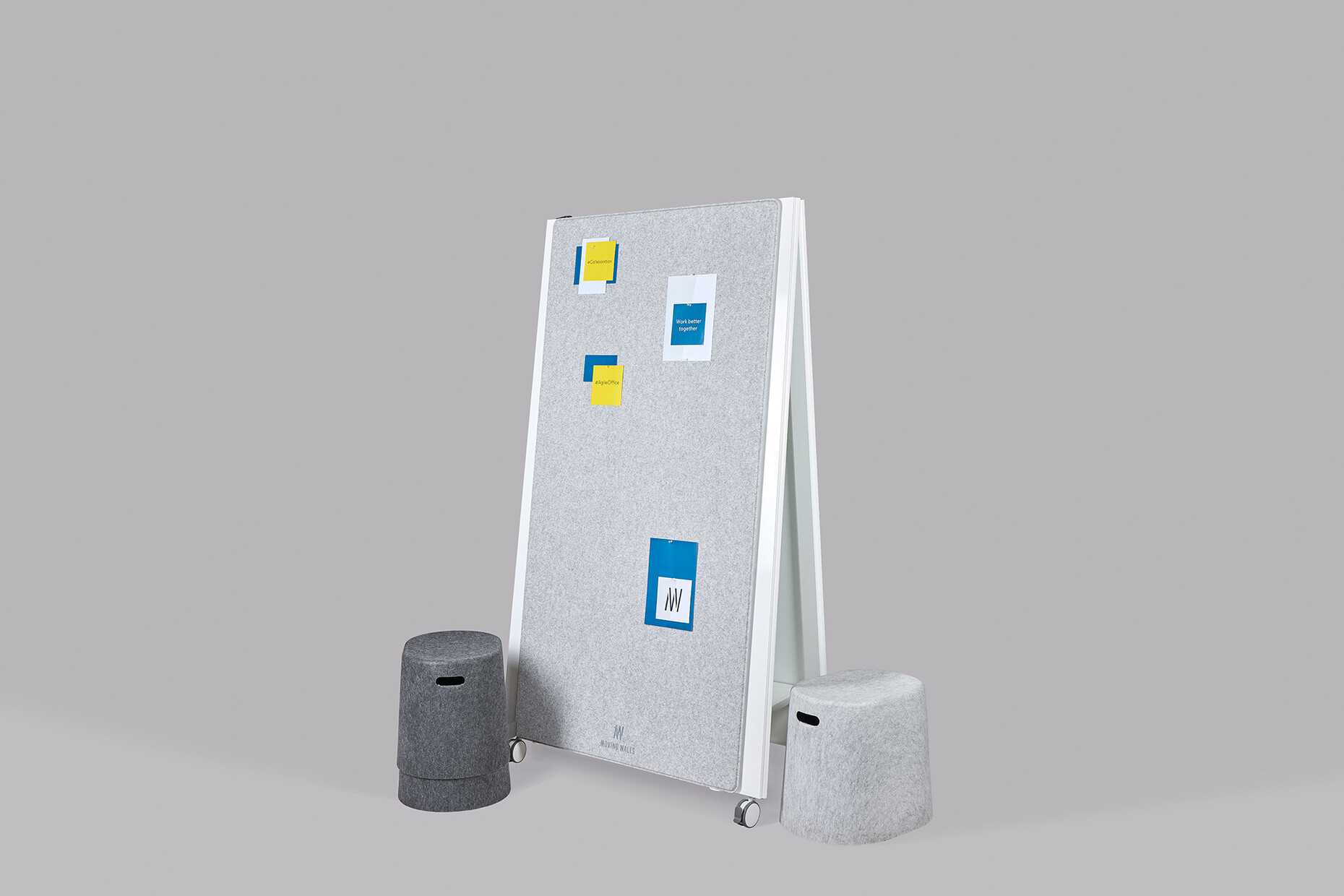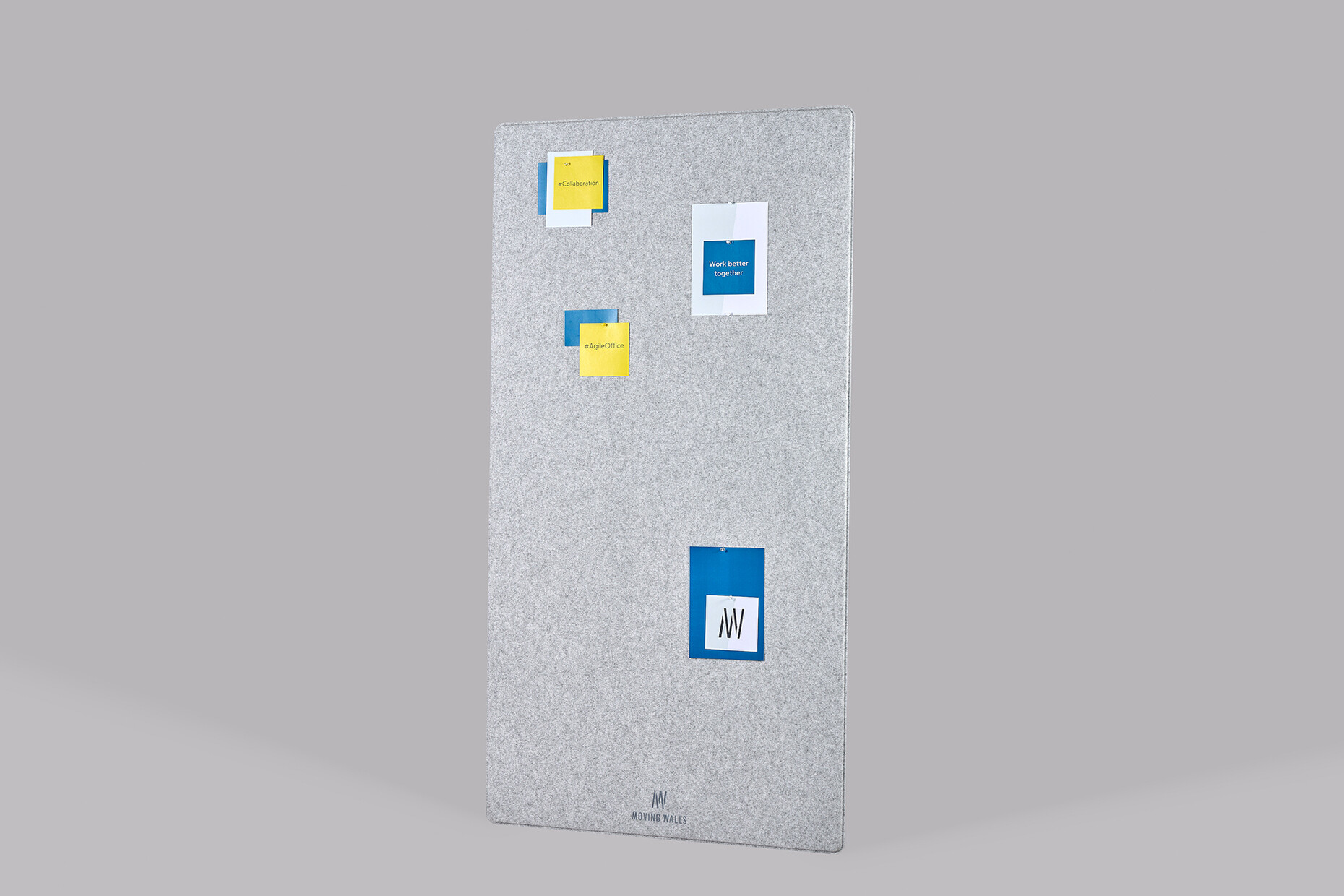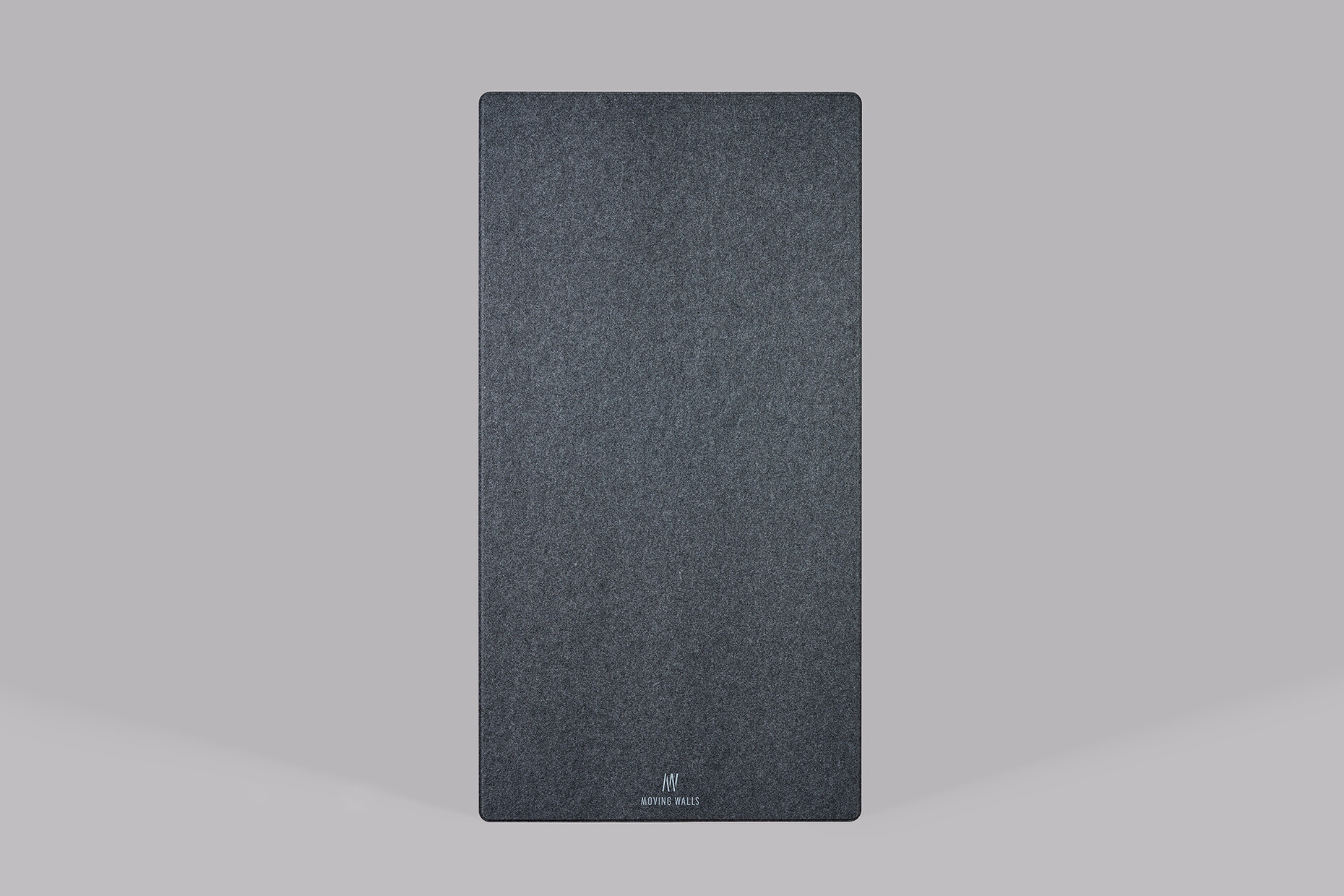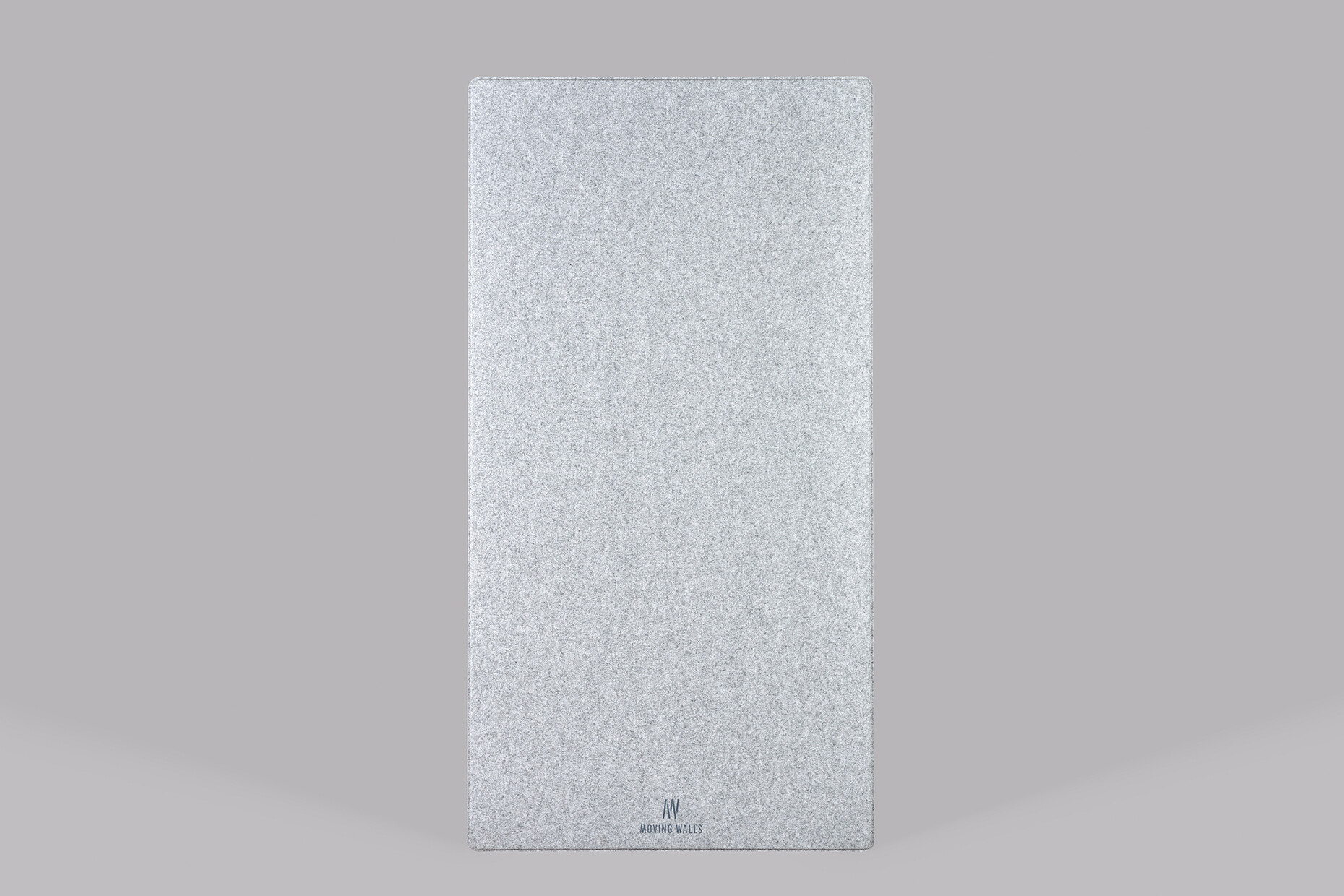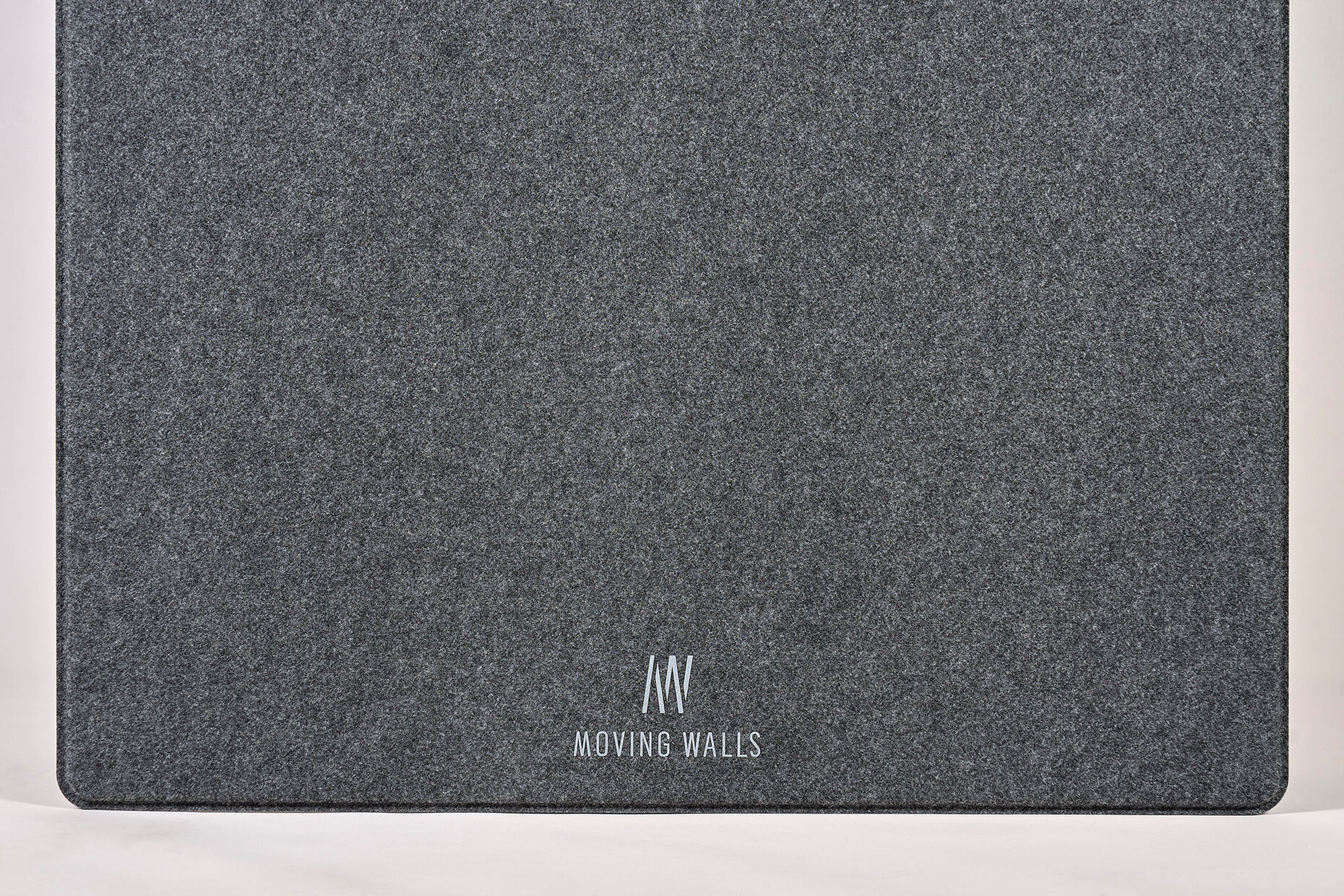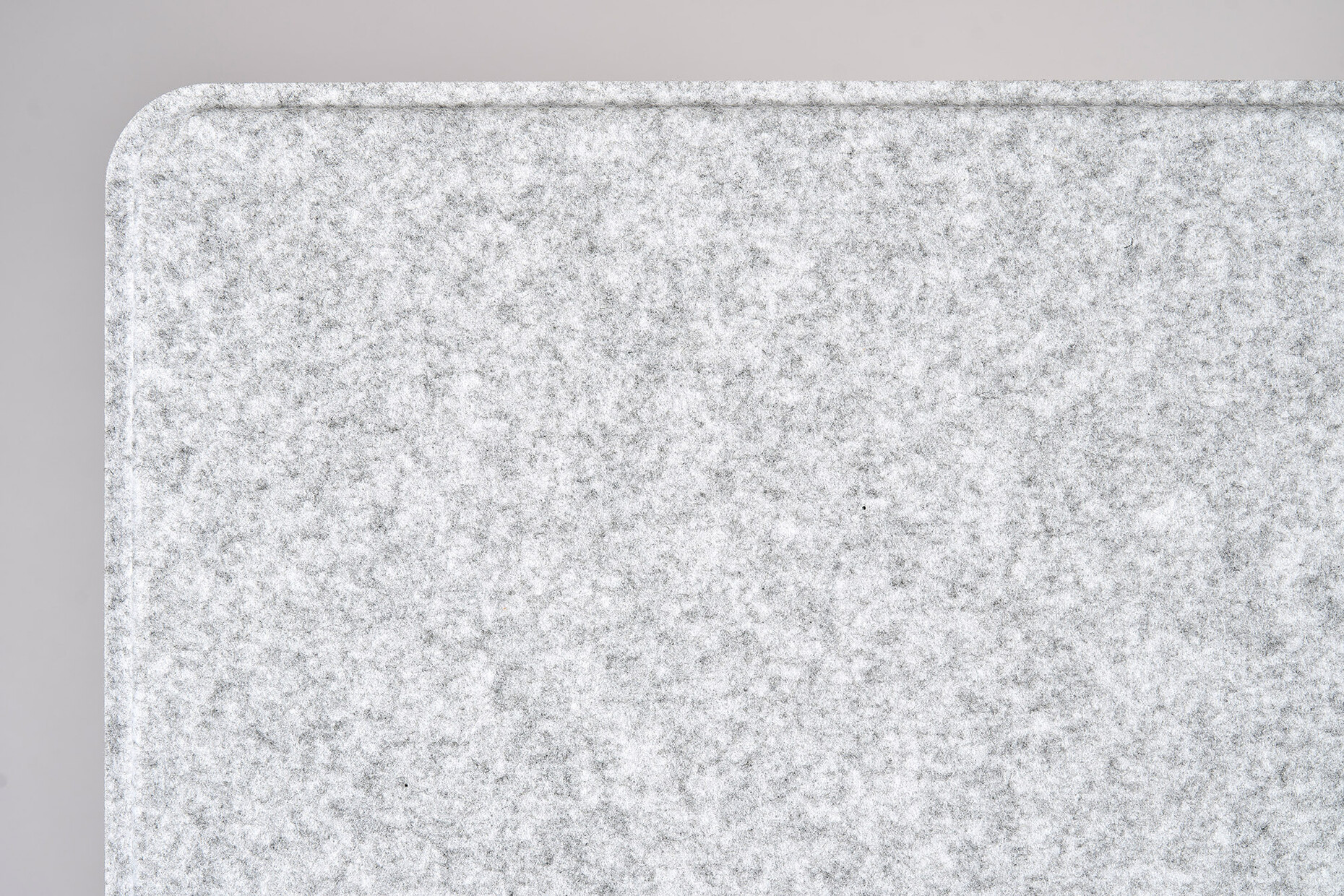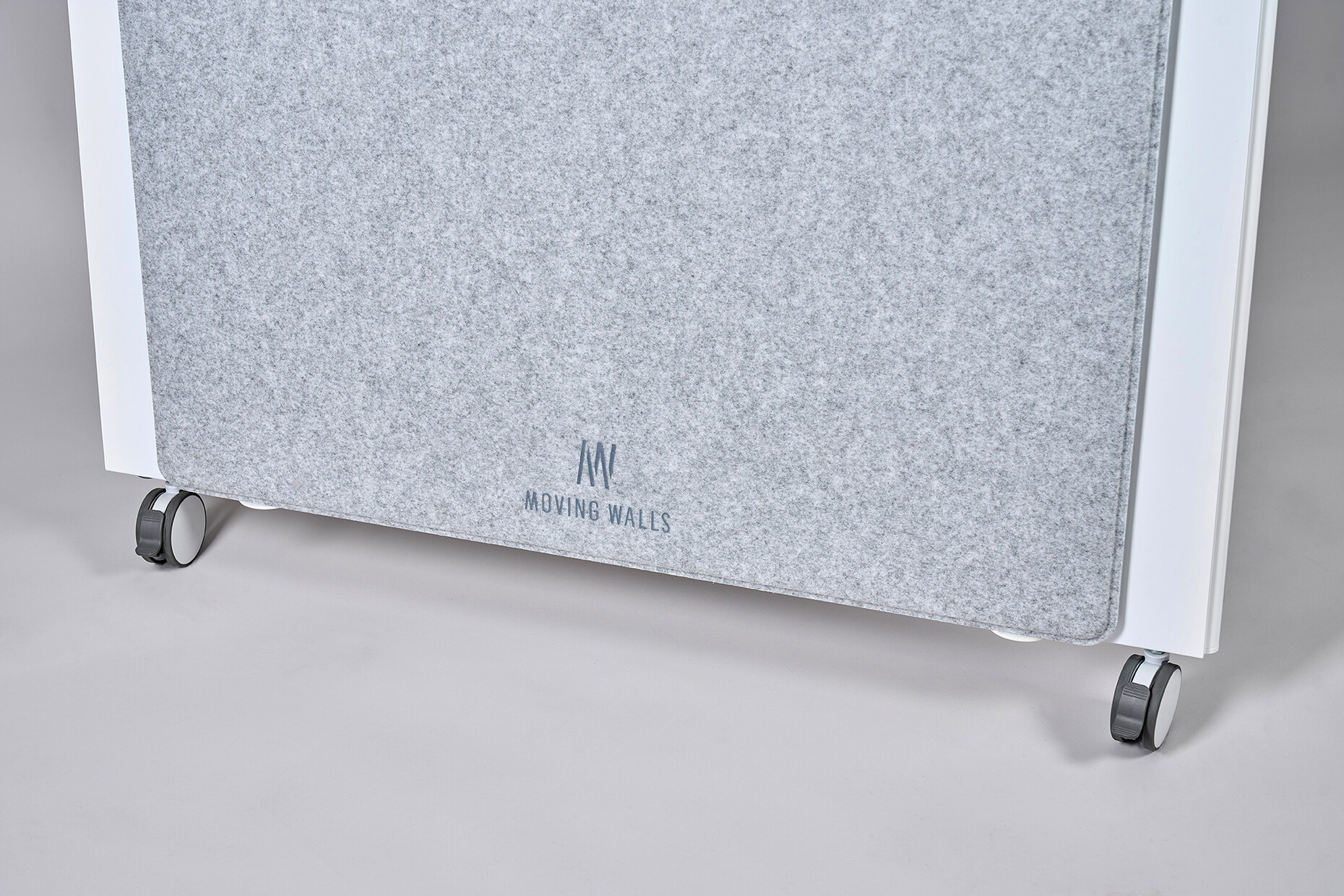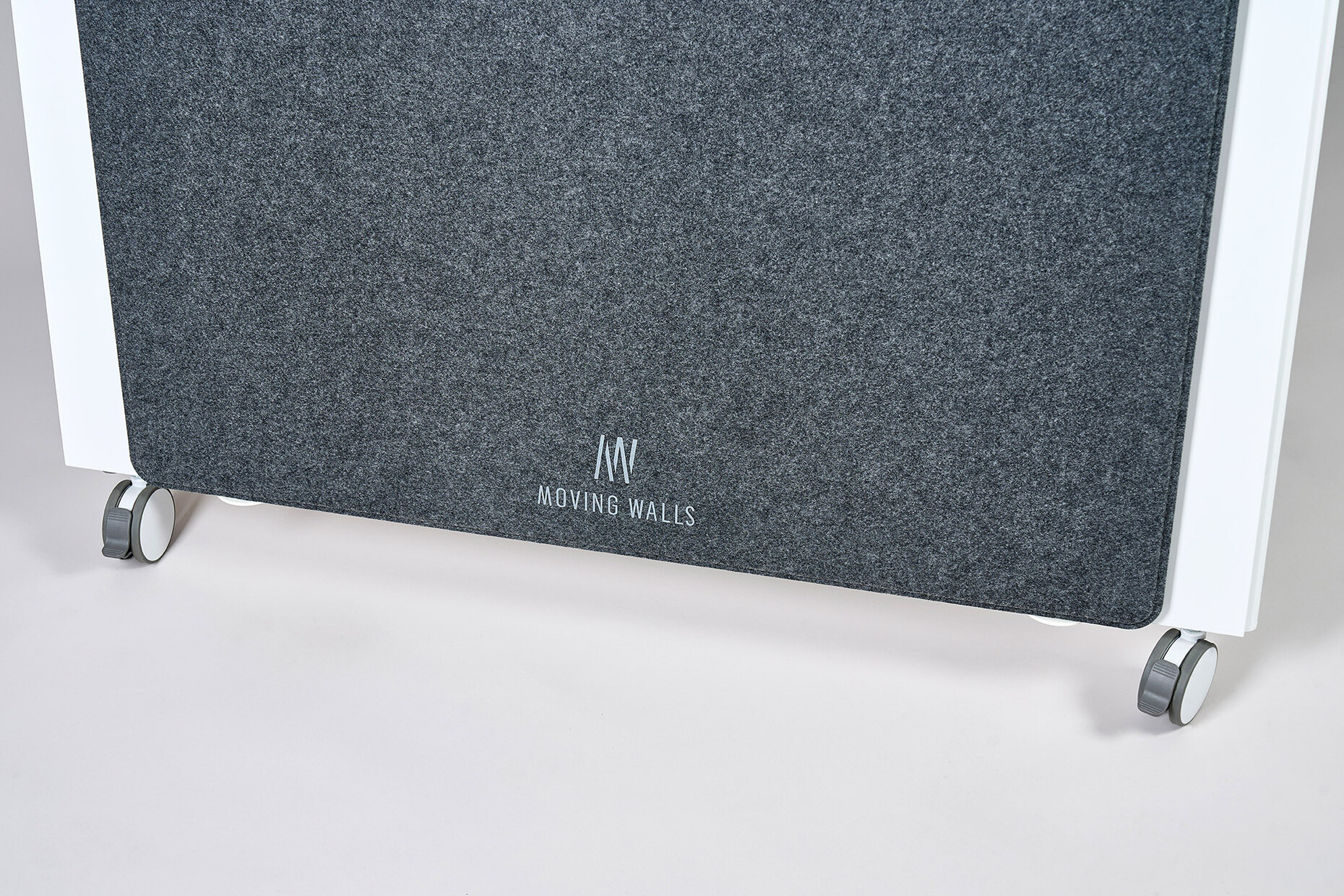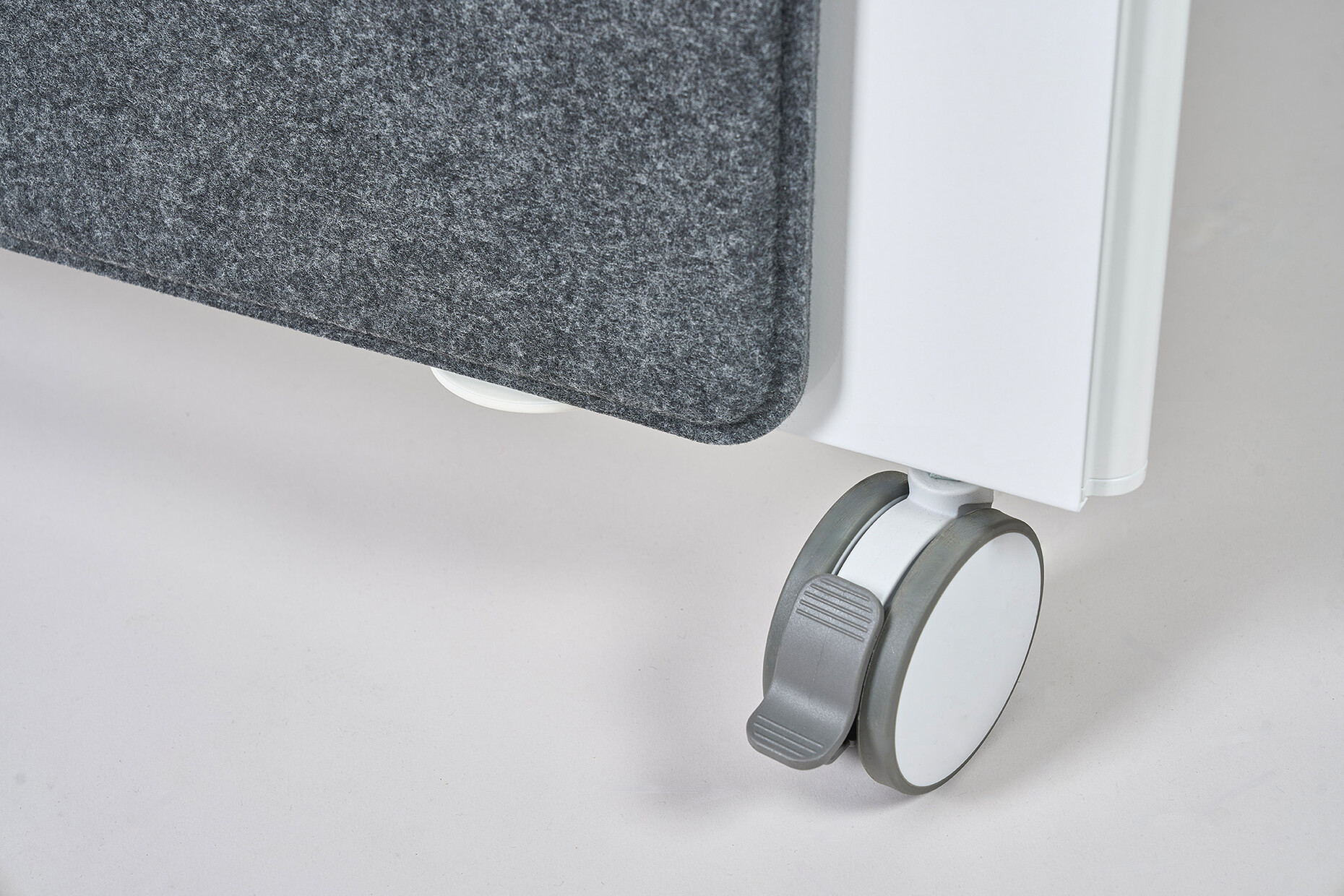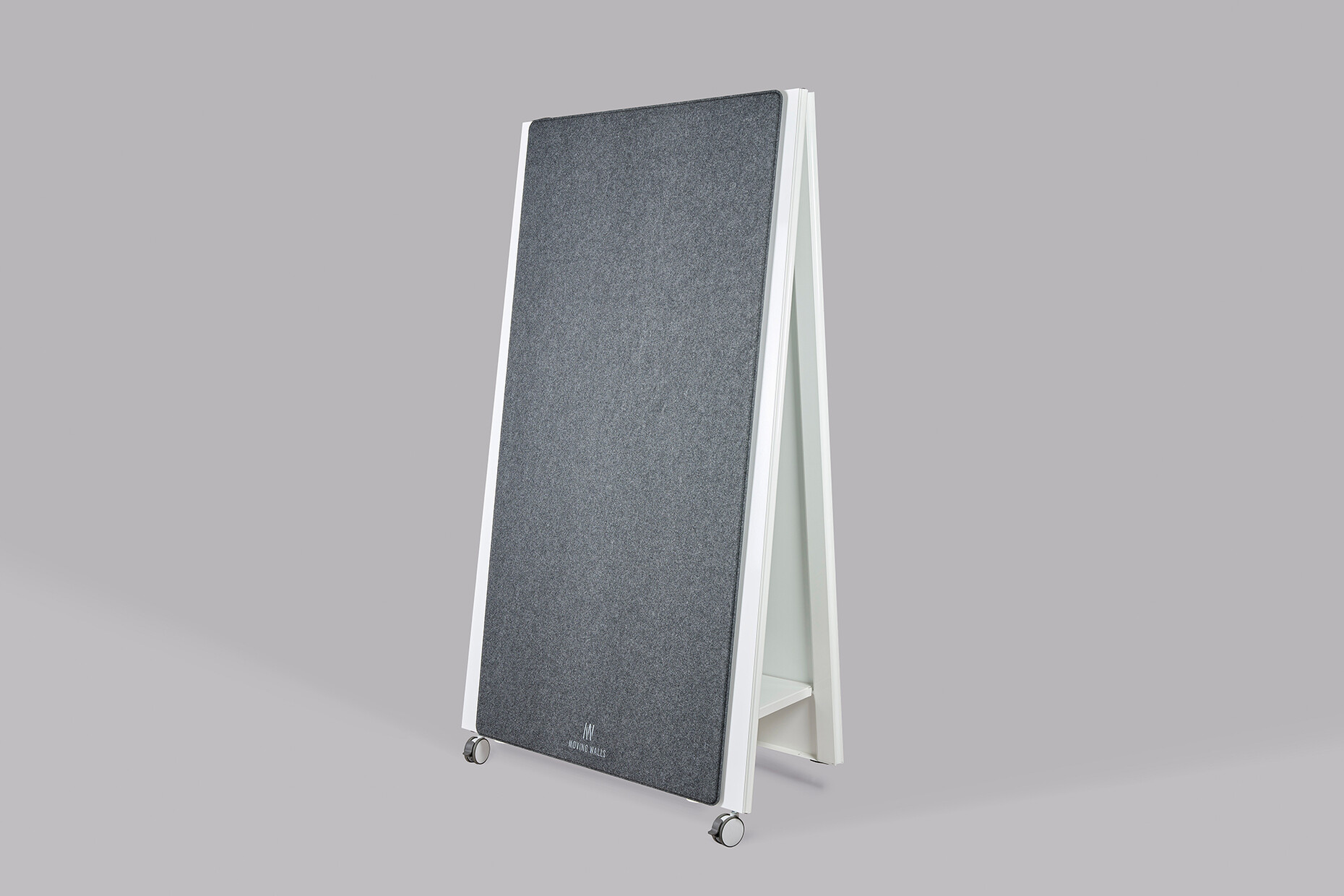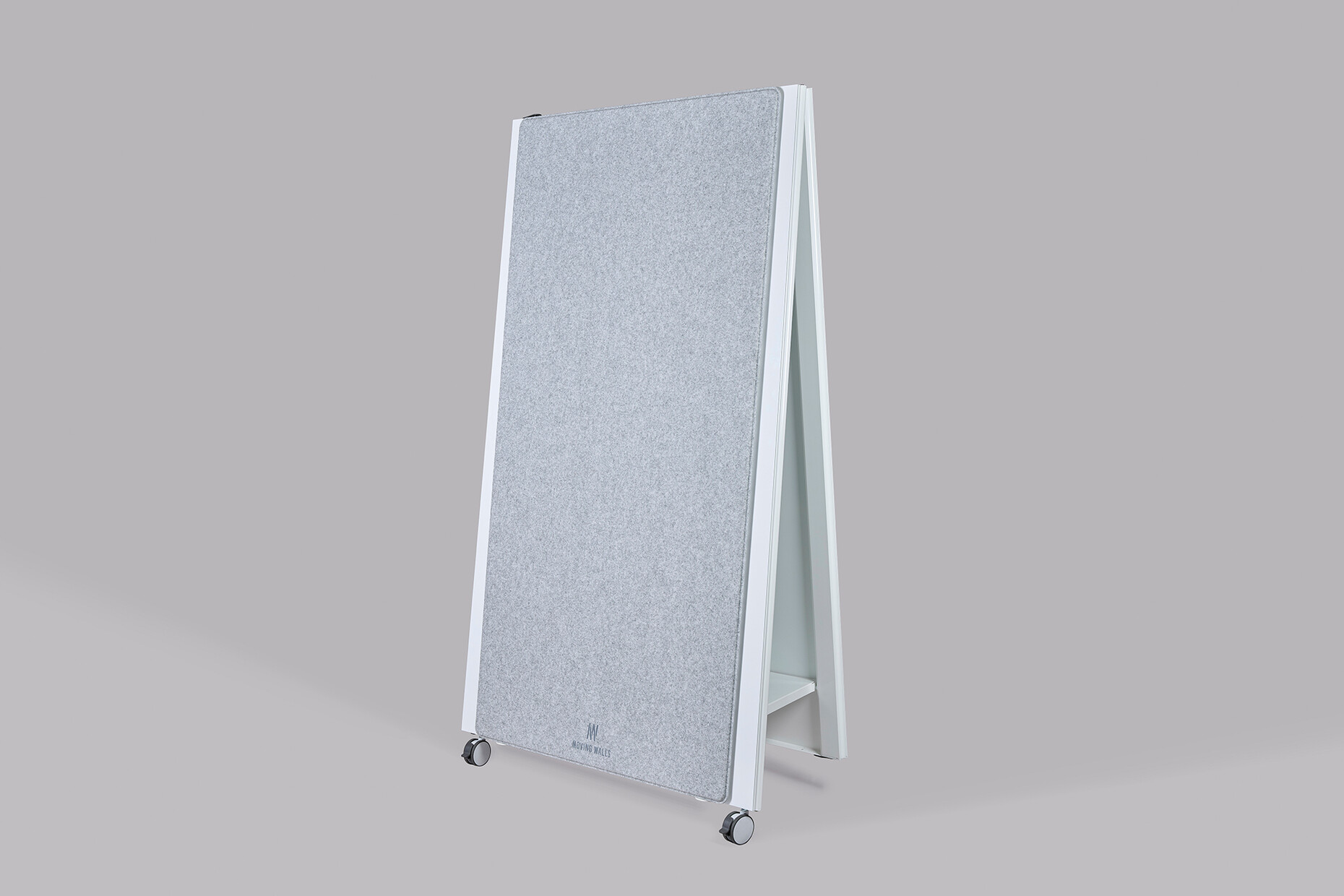Flexible rooms
Alexander Russ: Moving Walls specializes in mobile office furniture for agile working. What does that mean and how did this focus come about?
Marcel Frick: Nowadays, flexible working environments are very important. Our products make this possible – and have done so since our company was founded. But we don't just provide products for agile working, we also plan events by supplying company workshops with them. For this purpose, we first designed the "Moving Wall", which enables a flexible setting in an inflexible working environment.
The "Moving Wall" is inspired by the approaches of the American couple Matt and Gail Taylor, an architect and a teacher. What is that all about?
Marcel Frick: Over a period of 30 years, the two have developed a method for solving complex spatial interactions in a simple way. After all, the surrounding space dictates how you work in it – and if the furniture in it is inflexible, there's usually little that can be done about it. An example of this would be a heavy and wired meeting table. As a result, it is often very difficult to have a constructive exchange of content in a workshop. That's why Matt and Gail Taylor have developed a furniture concept that can be adapted to the respective working method and the existing number of users.
Based on this, you developed the "Moving Wall" together with the designer Jörg Boner. What was the concept for the product?
Marcel Frick: First of all, we incorporated our workshop experience gained with Matt and Gail Taylor's furniture into the development of the "Moving Wall". At the same time, we wanted to adapt the original furniture to European dimensions – after all, everything is a bit smaller and tighter here than in the US. The result was a mobile whiteboard that can be used individually, but can also be connected to form several units. What's more, the "Moving Wall" can be set up without tools and can be easily dismantled and stowed away again. The development of the product, which took a total of eight years, then led to us founding the company "Moving Walls".
Jörg Boner: Matt and Gail Taylor were very much inspired by Frank Lloyd Wright in their work and were guided by an American understanding of design. In this respect, it was my task as a designer to translate the original concept into a European design idea. That is why the "Moving Wall" is more filigree, abstract and reduced in its appearance than the design by Matt and Gail Taylor. Designing this transformation process was a very exciting task. In addition, the "Moving Wall" was designed from a concrete application and was also consistently revised and improved again and again. This also explains the long development period of eight years. That's why it's not a piece of furniture, but a tool, since it was created out of concrete functional necessities.
Part of the "Moving Wall" is also the "Moving Acoustic Pinboard", which has now also undergone a redesign: What is it all about?
Marcel Frick: The Moving Acoustic Pinboard is part of our agile office system. It can be used as a creative pinboard or as an acoustic panel to improve room acoustics. The idea for this also stems from a concrete application, as users expressed the desire to have something to pin on. And in open office spaces, of course, there is always the problem of room acoustics. That's why we have expanded our collection to offer solutions here as well. The "Moving Acoustic Pinboard" can easily be combined with the Moving Wall. This allows flexible room separation and improves room acoustics.
Jörg Boner: The "Moving Acoustic Pinboard" is also based on the idea of abstraction and, like the "Moving Wall", has also been repeatedly revised and improved. This also includes a reduction of materiality. It is now a very thin and light surface, based on a honeycomb cardboard, with clean, filigree outer edges. And again, its use is self-explanatory and, as with Moving Walls' other products, multifunctional. It is a tool that can be immediately discovered and experienced in use. This is then also what promotes creativity and exchange.
